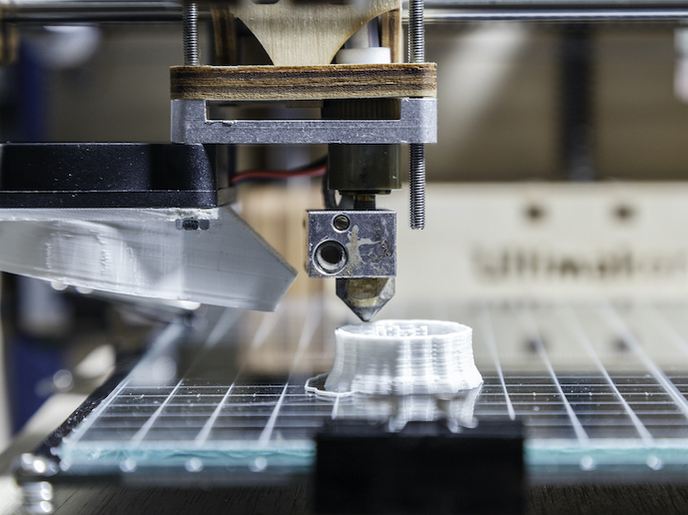3D printing set to revolutionise the ceramics industry
Additive manufacturing, or 3D printing, has the potential to revolutionise the ceramics industry. Traditionally, ceramics are produced via an intense industrial process that involves shaping the raw material with high pressure and then heating it to form a rigid product. Additive manufacturing streamlines the process by simply building a 3D object from a computer-based model, usually by adding material layer by layer. As the 3D printers currently on the market for ceramics are based on stereolithography and binder-jetting technologies, they tend to be overly complex – and expensive. Seeing an opportunity to expand its market share, Nanoe(opens in new window), a French-based company specialising in ready-to-sinter nanopowders for the ceramic industry, took action. “Instead of adapting printers to the specific raw materials used in ceramics, we adapted the raw materials to the printers,” says Guillaume de Calan, CEO at Nanoe. “As a result, companies can create ceramics using the desktop 3D printers already on the market.” Enabling this system is ZETAMIX(opens in new window), Nanoe’s innovative range of ready-to-use ceramic filaments for 3D printing. Developed with the support of EU funding, ZETAMIX will enable the on-demand production of high-quality, small-batch technical ceramics. With an entry price of just EUR 10 000, the filaments are well-positioned to disrupt the ceramics market.
Amazing applications coming soon
With ZETAMIX, a producer can use fused filament fabrication, a common plastics-based 3D printing technique, to print highly filled ceramic/plastic composite parts. Once printed, the parts can be de-binded and easily sintered to remove the plastic component and obtain the dense ceramic part. “With the support of EU funding, Nanoe was able to develop and refine both the filament properties and the printing and sintering conditions,” explains de Calan. “The result is a very easy to use and affordable technique for printing ceramic parts – a breakthrough for the industry.” According to de Calan, what was once the realm of major research centres and big corporations will soon be available to everyone. “With ZETAMIX, any SME, university, fabrication lab or organisation can start producing ceramics at little to no investment cost,” he says. “This will completely change the paradigm of our field, and I hope to see some amazing applications coming out of this soon.”
A new era of ceramic creativity
By the close of the project, ZETAMIX had already gone into production and is now set for commercialisation. However, there is still more to be done. For example, the company is currently working to improve its ceramic 3D printing technology to better meet end user needs, including those of mechanical technicians, engineers, students and designers. Nanoe’s R&D team is also looking at the potential of using the same technology to produce metal parts. “Thanks to the financial support we received from the EU, 3D printing is set to go from being a niche market to our primary product in just a few years,” adds de Calan. “In doing so, we hope to be able to offer these filaments across the globe, ushering in a new era of ceramic creativity.”







